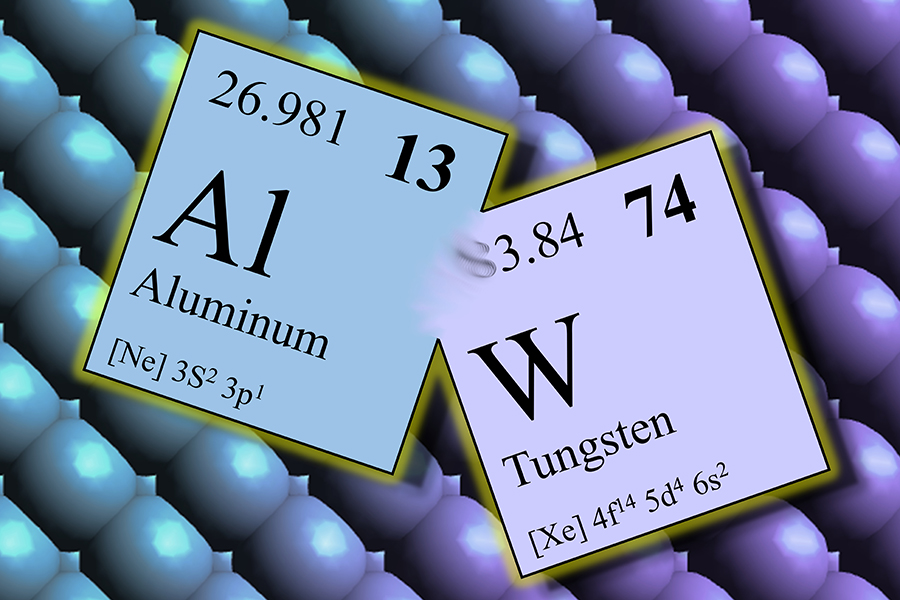
Catalytic converter thefts from cars and trucks have skyrocketed nationwide in recent years. Catalytic converters are valuable because of the precious metals — rhodium and palladium — inside them. In fact, palladium can be more expensive than gold. But what if we didn't need to put those precious metals into catalytic converters in the first place? That may have been merely a fantasy a short time ago, but new technology developed at the University of Minnesota may make it a reality sooner than we think.
The first-of-its-kind device, called a “catalytic condenser,” is poised to break long-standing barriers in the renewable energy field. U of M researchers believe the groundbreaking invention could significantly advance technology for storing renewable energy, making renewable fuels and manufacturing sustainable materials, all while reducing reliance on limited supplies of precious metals.
The research that produced the invention is published online in JACS Au, a leading open access journal of the American Chemical Society, where it was selected as an Editor’s Choice publication. The team is also working with the U of M Office of Technology Commercialization and has a provisional patent on the device.
Catalytic converters, along with dozens of other products many of us use everyday, continue to rely on material and chemical processing that haven’t changed in more than a century. Many of these materials, such as precious metals ruthenium, platinum, rhodium and palladium, have unique electronic surface properties. They can act as both metals and metal oxides, making them critical for controlling chemical reactions.
This new device electronically converts one metal into behaving like another to use as a catalyst for speeding chemical reactions. It is the first to demonstrate that alternative materials that are electronically modified to provide new properties can yield faster, more efficient chemical processing. This breakthrough opens the door for new catalytic technologies using non-precious metal catalysts.
In order to develop this method for tuning the catalytic properties of alternative materials, the researchers relied on their knowledge of how electrons behave at surfaces. The team successfully tested a theory that adding and removing electrons to one material could turn the metal oxide into something that mimicked the properties of another.
“Atoms really do not want to change their number of electrons, but we invented the catalytic condenser device that allows us to tune the number of electrons at the surface of the catalyst,” said Paul Dauenhauer, a MacArthur Fellow and professor of chemical engineering and materials science at the University of Minnesota who led the research team. “This opens up an entirely new opportunity for controlling chemistry and making abundant materials act like precious materials.”
The catalytic condenser device uses a combination of nanometer films to move and stabilize electrons at the surface of the catalyst. This design has the unique mechanism of combining metals and metal oxides with graphene to enable fast electron flow with surfaces that are tunable for chemistry.
“We view the catalytic condenser as a platform technology that can be implemented across a host of manufacturing applications,” said Dan Frisbie, a professor and head of the Department of Chemical Engineering and Materials Science and research team member. “The core design insights and novel components can be modified to almost any chemistry we can imagine.”
Researchers from the University of Massachusetts Amherst and University of California, Santa Barbara were also involved in the study.
Learn more about catalytic condensers on the Dauenhauer Research Group website.
-30-
About the College of Science and Engineering
The University of Minnesota College of Science and Engineering brings together the University’s programs in engineering, physical sciences, mathematics and computer science into one college. The college is ranked among the top academic programs in the country and includes 12 academic departments offering a wide range of degree programs at the baccalaureate, master's, and doctoral levels. Learn more at cse.umn.edu.
- Categories:
- Science and Technology





